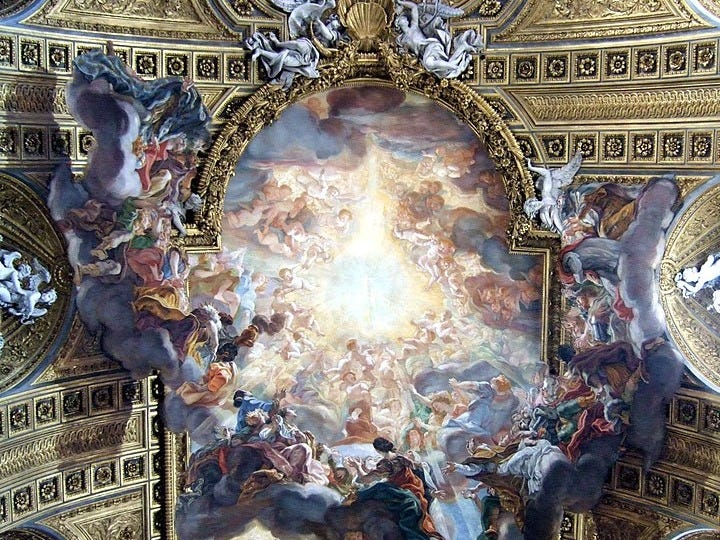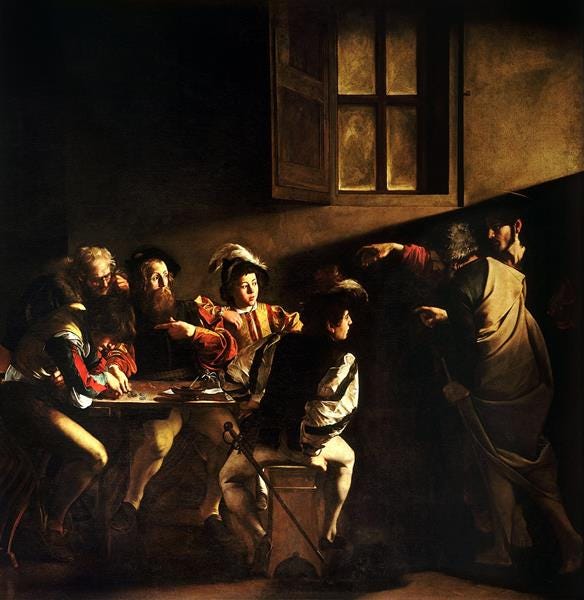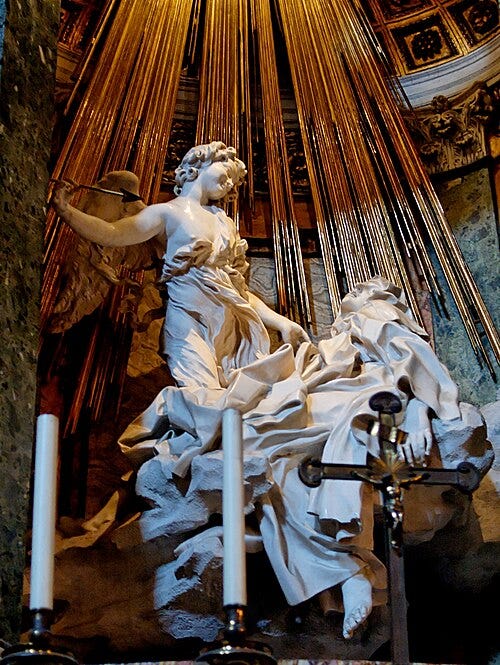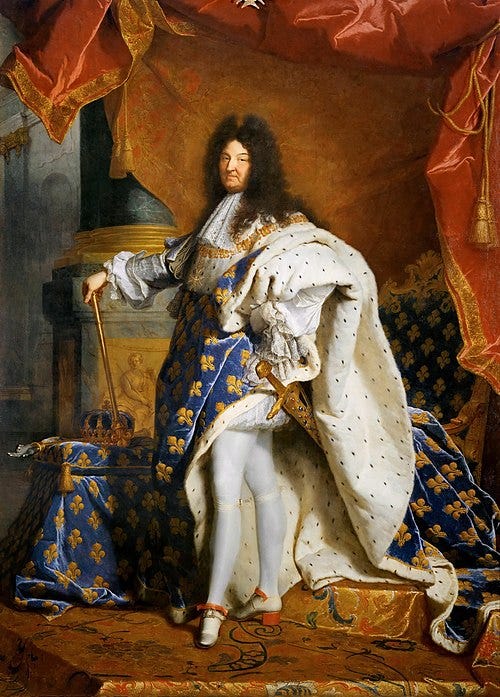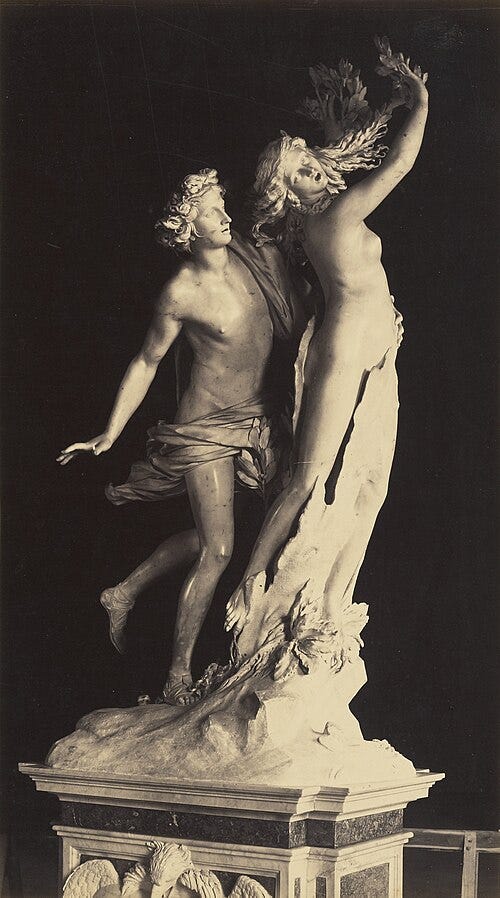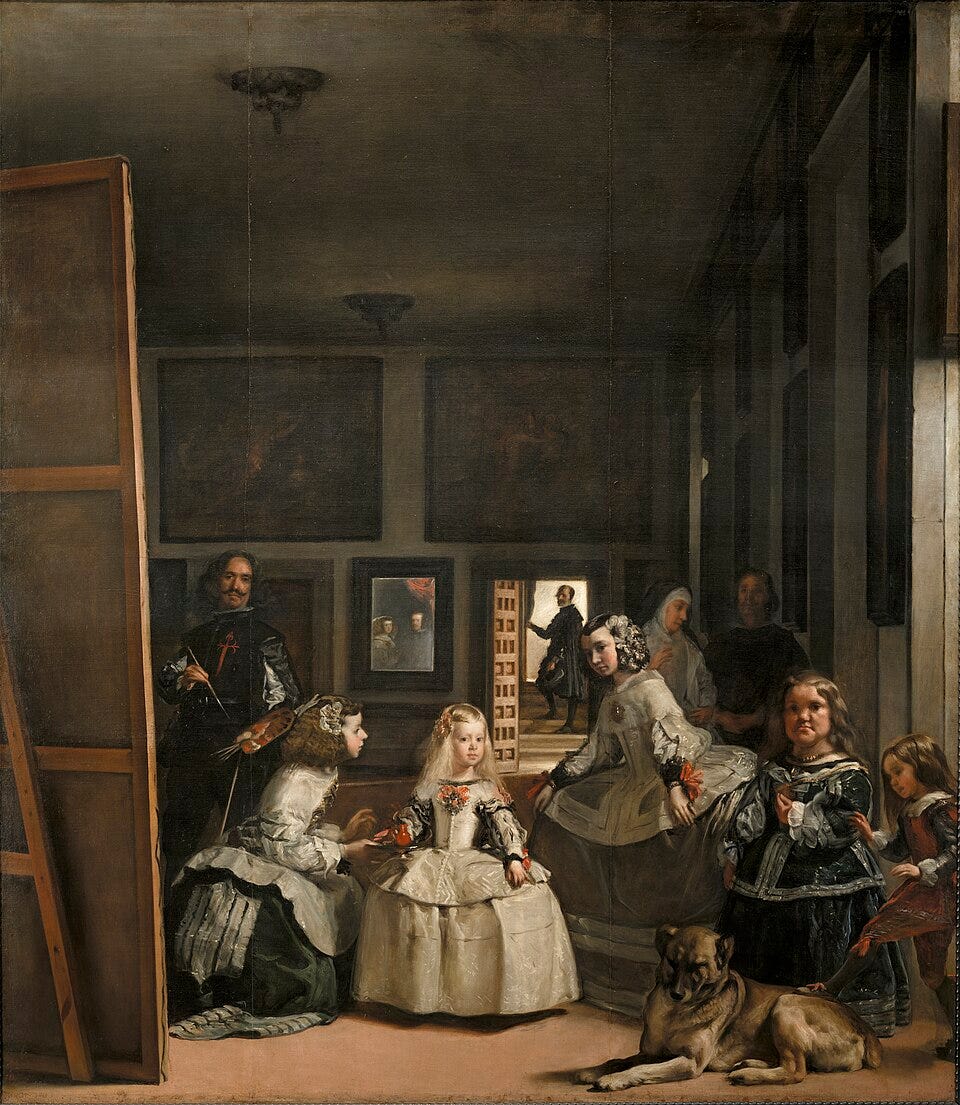When Baroque Art Transformed Beauty into a Tool
How the Catholic Church and European monarchs turned art into a force of power, emotion, and belief in the age of Baroque
You step into a church where the walls seem to surge with life. Marble figures twist in ecstasy or anguish, their faces caught mid-revelation. Light spills from hidden windows, casting golden beams across painted heavens that seem to break open the ceiling. The air hums with tension, as if something divine is just within reach. You are not just observing. You are being drawn in.
Born from the religious and political upheaval of the late 1500s, the Baroque style became a powerful tool of the Catholic Church’s Counter-Reformation. Faced with the rise of Protestantism and a fractured Christendom, the Church turned to art to reclaim hearts, not through doctrines but through spectacle. Baroque art was designed to overwhelm the senses, stir emotion, and inspire belief. It was unapologetically theatrical, rich in symbolism and drama. Beauty became a form of persuasion.
A Response to Turmoil
Baroque art was crafted to influence behavior. Following the Council of Trent, the Catholic Church declared that religious art must teach, uplift, and avoid confusion or scandal. In response, artists created works that were emotionally direct, visually dramatic, and spiritually accessible.
Caravaggio’s The Calling of Saint Matthew is a powerful example. In a shadowed tavern, Christ extends his hand toward Matthew, echoing the iconic gesture from Michelangelo’s Creation of Adam. The use of chiaroscuro, a dramatic contrast between light and dark, sharpens the boundary between the spiritual and the earthly.
In architecture, Gian Lorenzo Bernini’s Ecstasy of Saint Teresa in the Cornaro Chapel fuses sculpture and setting into a vivid vision of divine encounter. Teresa’s swooning figure, pierced by an angel’s arrow, appears to levitate on a marble cloud, lit from above by hidden windows. The viewer is not invited to contemplate from afar, but drawn into a scene of rapture and surrender. Baroque art was not made for detached admiration. It was created to stir, to overwhelm, and to persuade.
Monarchs and Majesty
Baroque art wasn’t just used by the Church. Across Europe, absolute monarchs quickly recognized its potential as a tool of propaganda. Louis XIV of France, known also as the “Sun King,” employed artists and architects to construct a vision of royal supremacy. The Palace of Versailles, with its endless corridors, gilded halls, and mythological imagery, was transformed into a theatre of power.
Portrait painters were essential to shaping royal image. In Hyacinthe Rigaud’s Portrait of Louis XIV in Coronation Robes, the king is shown standing tall in elaborate blue and gold robes, adorned with fleur-de-lis. His confident pose, steady gaze, and richly detailed costume were carefully chosen to communicate control, wealth, and divine right. This was not just a portrait, but a political statement. The goal was to impress, to reinforce his authority, and to remind viewers who ruled France.
A Language of Emotion
At its heart, Baroque art appealed to the senses. It used strong contrasts, movement, and drama to grab attention and create emotion. In sculpture, Bernini’s Apollo and Daphne captures the instant Daphne begins to transform into a tree to escape the god Apollo. Her fingers turn to leaves, her legs to bark, all frozen in flowing marble. The moment is full of tension and motion, turning myth into something physical and immediate.
In painting, Velázquez’s Las Meninas presents a complex scene set in the royal studio. The young Infanta Margarita stands at the center, surrounded by her attendants, while Velázquez appears to the left, brush in hand, working on a large canvas. In the background, a mirror reflects the king and queen, revealing that the viewer is seeing from their perspective. The composition skillfully uses reflection and point of view to create a layered, dynamic experience.
Baroque music followed the same approach. Composers like Johann Sebastian Bach used layered melodies and rich structure to create powerful emotional effects. Whether in sound, image, or space, Baroque art aimed to make people feel strongly about the works.
The Legacy of Baroque Persuasion
Though some later critics dismissed it as excessive or manipulative, the Baroque legacy remains profound. Its fusion of passion and propaganda reshaped how art interacts with power, faith, and public opinion. It taught that beauty could serve a purpose and that art could be as commanding as a sermon or decree.
Today, Baroque architecture still stuns, its curves and gilded ceilings speaking across centuries. Its paintings still arrest us with their divine ambition. More than a style, Baroque was a strategy: an appeal to the heart in an age of conflict.


